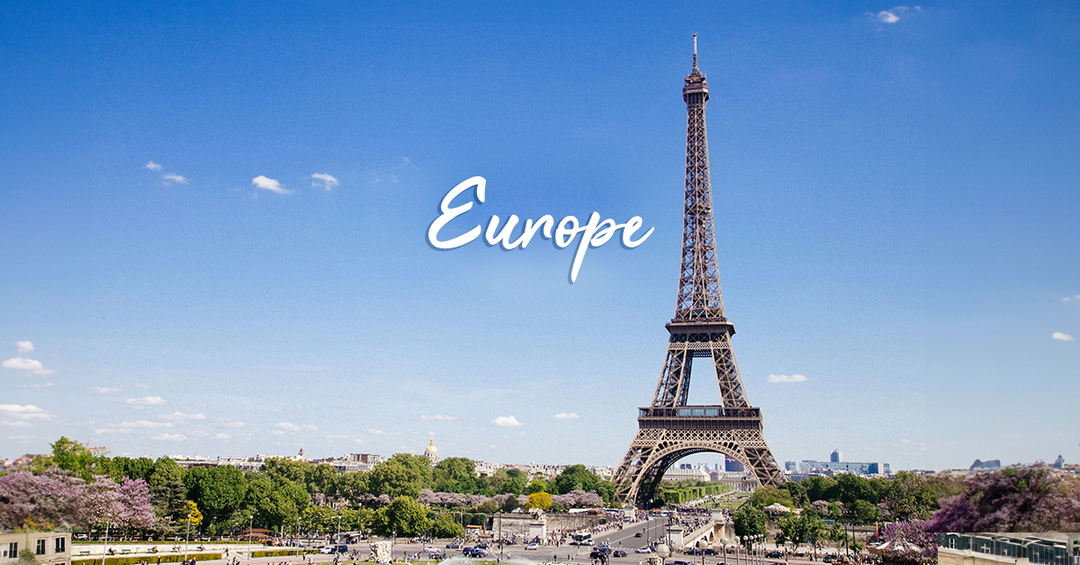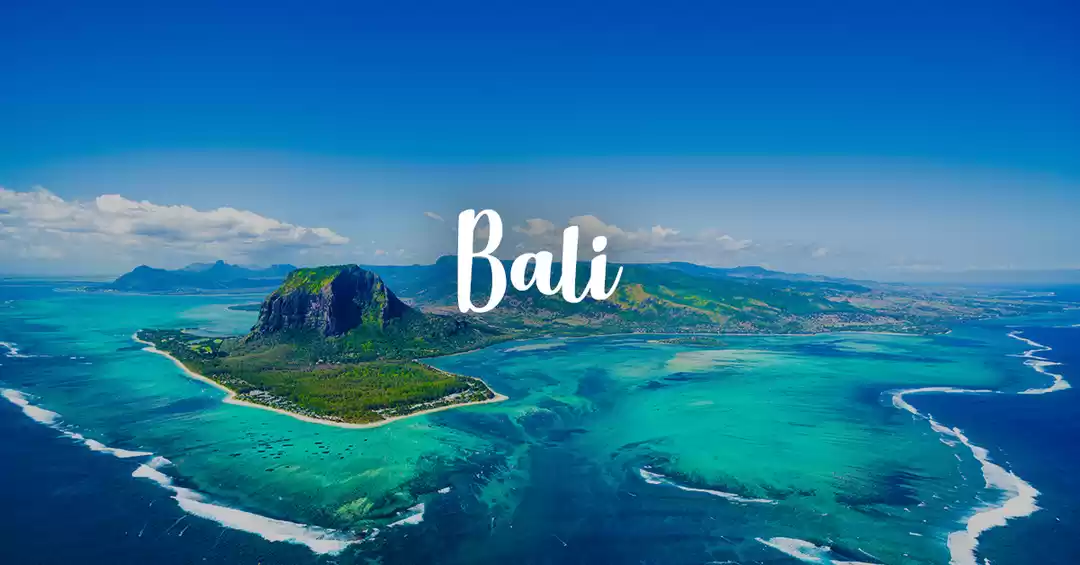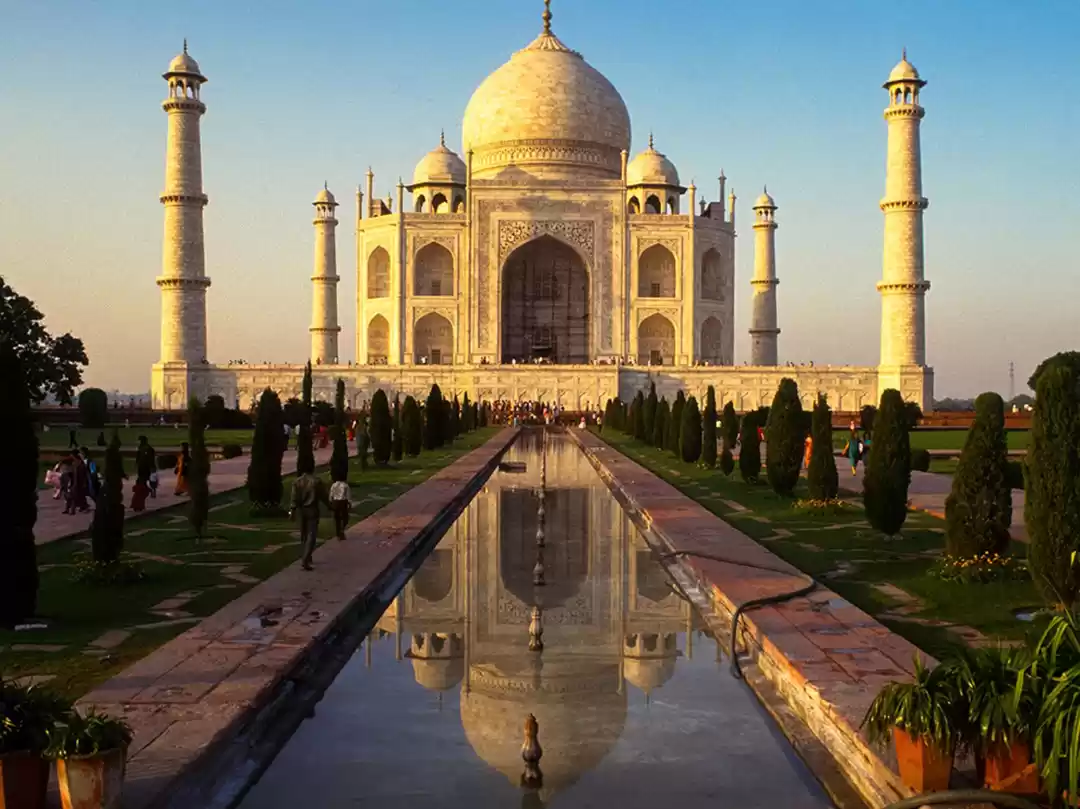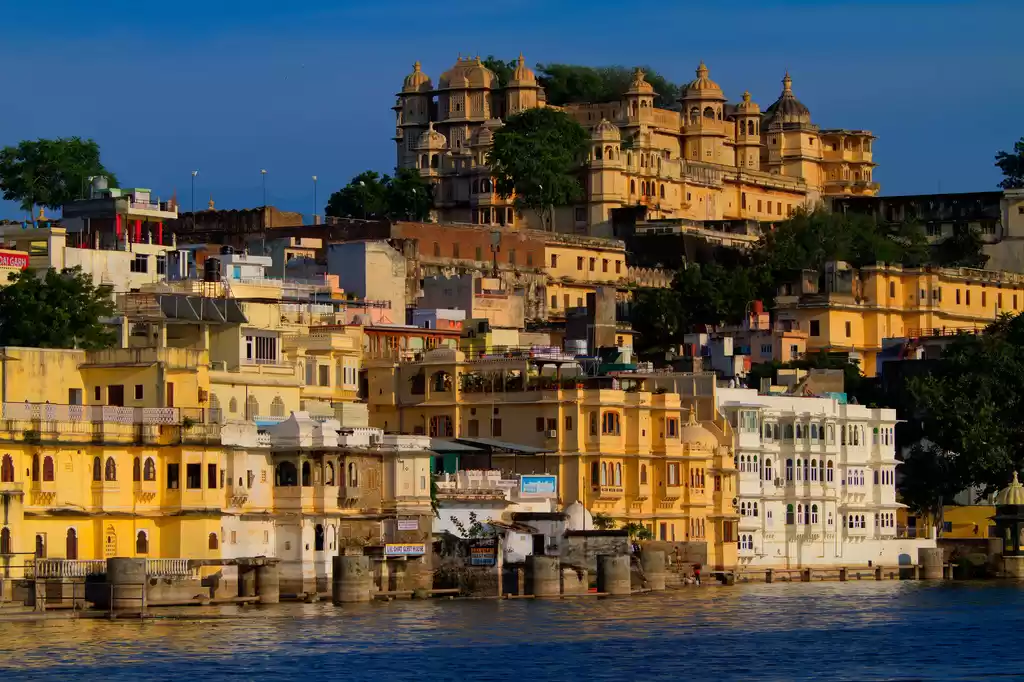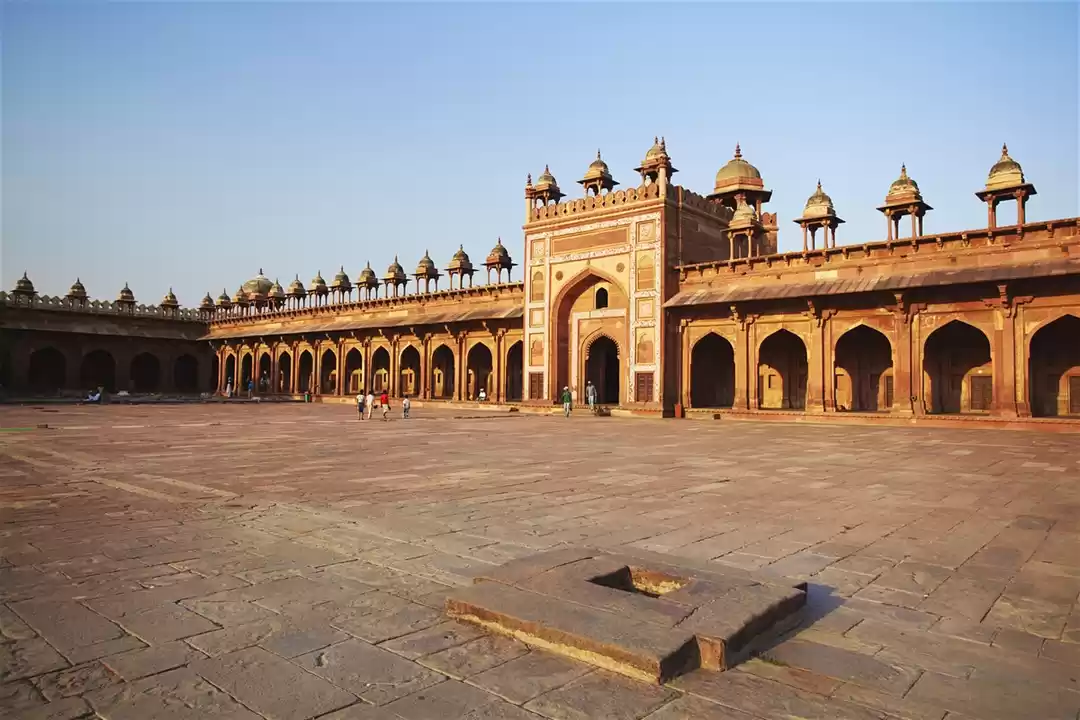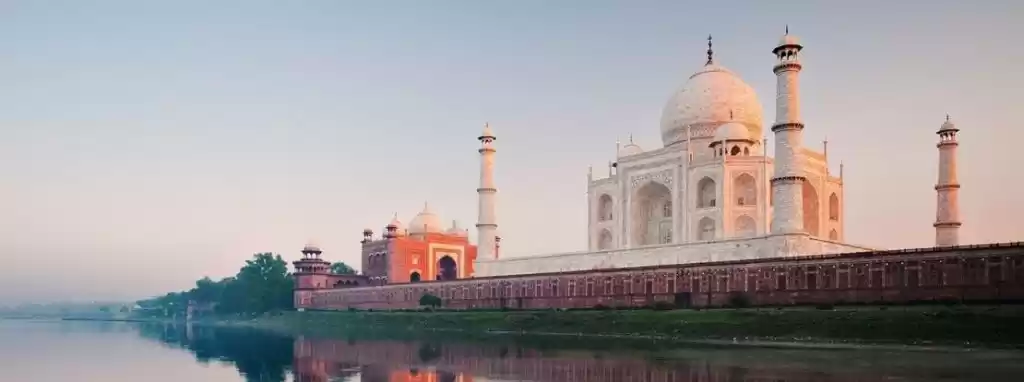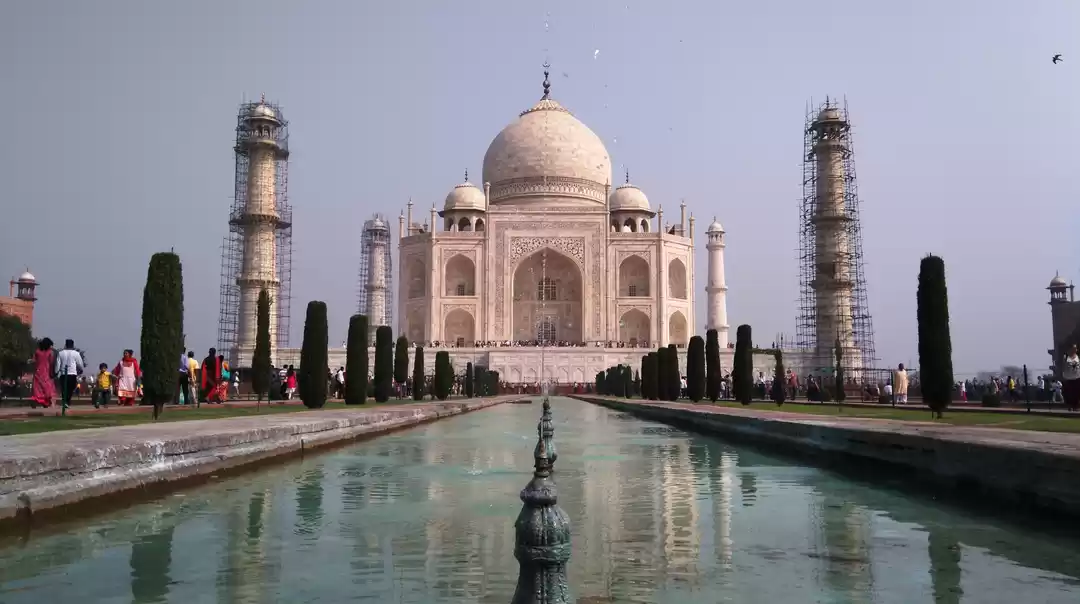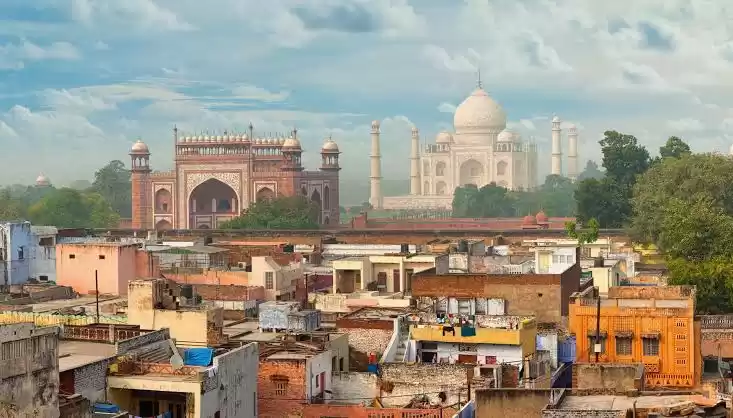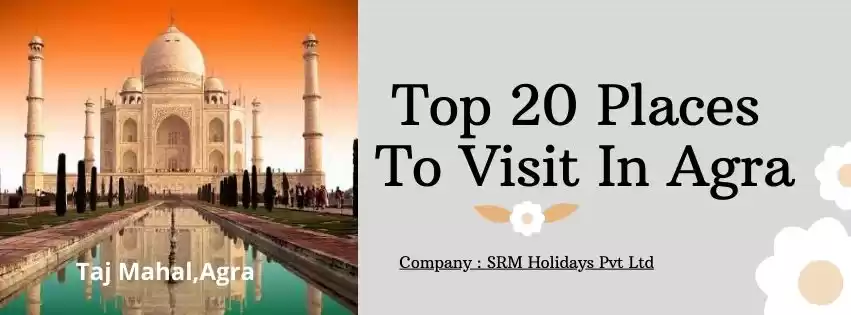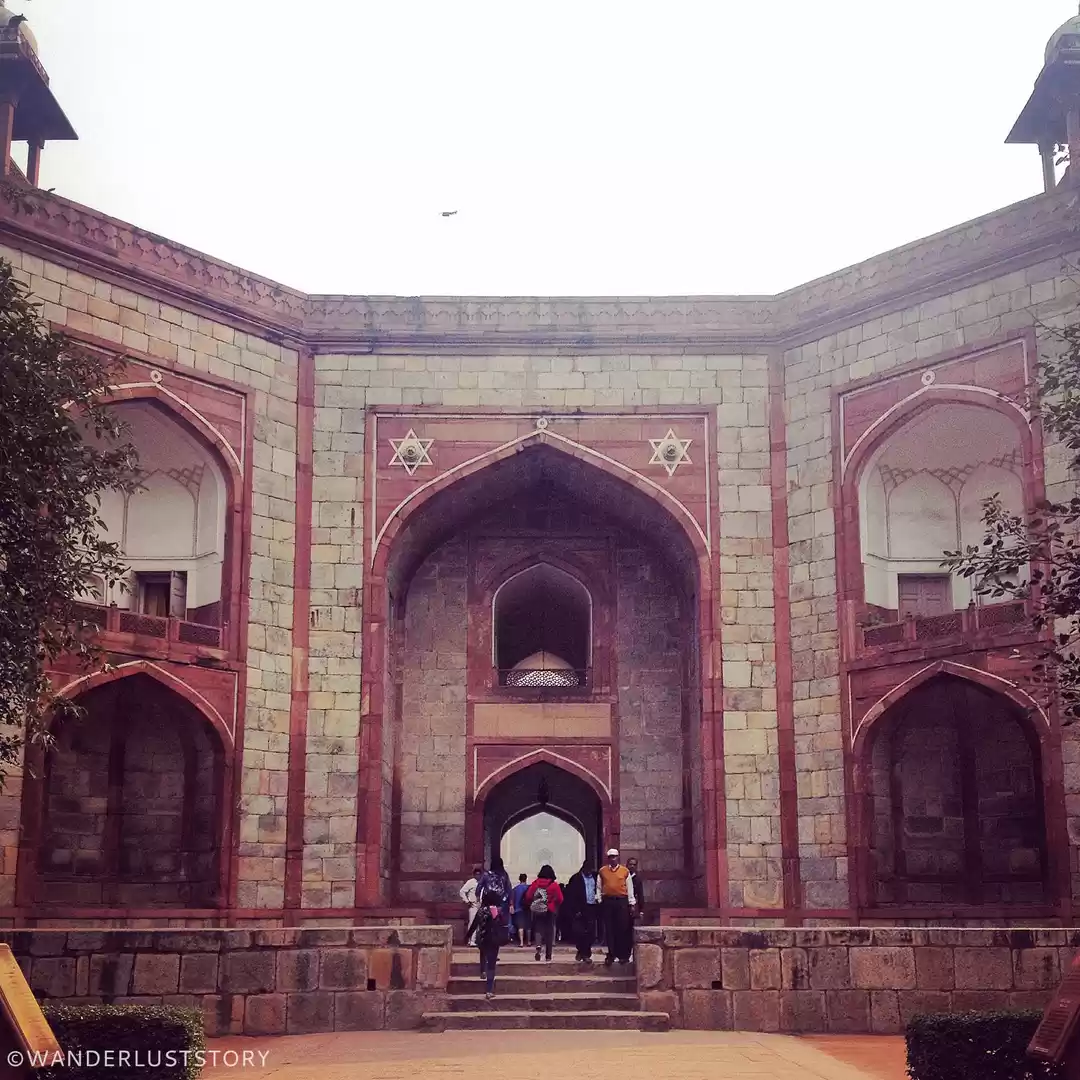





Day 1: Arrival in Delhi
Assistance upon arrival at Delhi Airport.
TO SEE:
- India Gate - The towering archway of India Gate at the center of New Delhi is a war memorial, built in memory of the Indian soldiers who lost their lives fighting for the British Army in World War I.
- The Rashtrapati Bhavan – It is the official home of the President of India located at the Western end of Rajpath in New Delhi, India. Rashtrapati Bhavan may refer to only the 340-room main building that has the president's official residence, including reception halls, guest rooms and offices, also called the mansion; it may also refer to the entire 130-hectare (320 acre) Presidential Estate that additionally includes huge presidential gardens (Mughal Gardens), large open spaces, residences of bodyguards and staff, stables, other offices and utilities within its perimeter walls. In terms of area, it is the largest residence of any head of state in the world.
Jama Masjid – Largest Mosques in India, It is built from red sandstone and white marbel.
-Humayun’s Tomb – Humayun's tomb is the final resting place of the Mughal Emperor Humayun. it is the first garden tomb in the Indian subcontinent. The architectural genius of Humayun's tomb is hard to miss. This magnificent tomb sits in the middle of a huge, ornate Mughal Garden.
-Qutub Minar – a 73 m (240 ft.) high tower made of red sandstone and marble is not only the highest brick minaret in the world but also one of the most famous historical landmarks of India. Located in the heart of Delhi, India, this UNESCO World Heritage Site, visible from different parts of the city attracts thousands of visitors every day.
- Gurudwara Bangla Sahib It is one of the most prominent Sikh gurdwara, or Sikh house of worship, in Delhi, India and known for its association with the eighth Sikh Guru, Guru Har Krishan, as well as the pool inside its complex, known as the "Sarovar." It was first built as a small shrine by Sikh General Sardar Bhagel Singh Dhaliwal in 1783, who supervised the construction of nine Sikh shrines in Delhi in the same year, during the reign of Mughal Emperor, Shah Alam II.
Day 2: Delhi Jaipur 6 Hour Drive, 280 km
After check-out and breakfast, they will drive to Jaipur. Jaipur is the capital of India’s Rajasthan state. It evokes the royal family that once ruled the region and that, in 1727, founded what is now called the Old City, or “Pink City” for its trademark building color. At the center of its stately street grid (notable in India) stands the opulent, colonnaded City Palace complex. With gardens, courtyards and museums, part of it is still a royal residence.
Day 3: Jaipur
After the morning breakfast, the guests will go on a sightseeing tour of Jaipur. The city is named after its founder, Jai Sing
II who came to power at the tender age of 11 and became a mighty warrior. A short drive from the Amber Fort is sprawling fortress-cum-palace was once the capital of the Kachhawa Rajput's, the region’s princely dynasty, until 1727 when it was moved to Jaipur. Later on, in the afternoon, explore Jaipur’s Old City, which is a treasure trove of Rajput architecture, such as the Hawa Mahal, the City Palace, and the astronomical observatory called the Jantar-Mantar.
Day 4: Jaipur – Fatehpur Sikri – Agra 6 Hour drive, 240 km
The guests will have breakfast, guests will drive to Agra. En route they will visit the city of victory, Fatehpur Sikri. Later, they will drive to Agra. Most are drawn to Agra by the wondrous and mysterious Taj Mahal, which is truly as
breath-taking as they say, but it is by no means a stand-alone attraction. Upon arrival in Agra and check-in they may head out on a tour of the City of the Taj. Although less famous than the Taj Mahal, Agra Fort is another example of excellent Mughal architecture. With its impressive red sandstone walls this former military stronghold-come-palace was built by Emperor Akbar in 1565 initially but has undergone many additions most significantly from Shah Jahan. Visit of The Tomb of Itimad-ud-Daulah, the chief minister in the Mughal Emperor Jahangir’s court is a veritable mini Taj.
Day 5: Agra – Delhi 4 Hour drive, 250 km
The day begins with a visit to the marvel in marble, the Taj Mahal at sunrise. After breakfast at the hotel. Then, proceed for the visit the Agra Fort which is another splendid example of Mughal architecture.
Late in the afternoon visit Bear Rescue centre. It is home to over 200 Sloth Bears rescued from horrific lives as dancing bears, or from poaching and situations of man-animal conflict. Drive back to Delhi. Visit Gurudwara Bangla Sahib It is one of the most prominent Sikh gurdwara, or Sikh house of worship, in Delhi, India and known for its association with the eighth Sikh Guru, Guru Har Krishan, as well as the pool inside its complex, known as the "Sarovar." It was first built as a small shrine by Sikh General Sardar Bhagel Singh Dhaliwal in 1783, who supervised the construction of nine Sikh shrines in Delhi in the same year, during the reign of Mughal Emperor Shah Alam II.
Day 6: Delhi - Home
After Breakfast at the hotel, Departure transfer to Airport for International flight to home.





